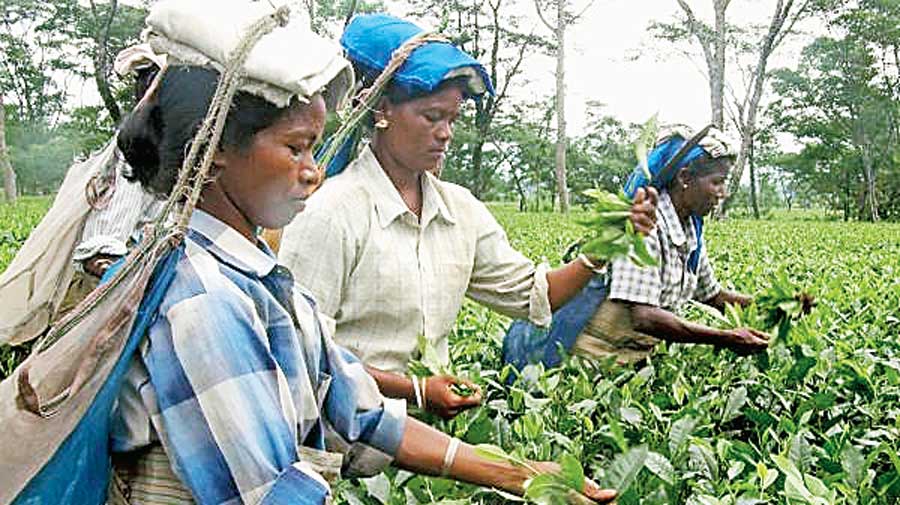The annual tea production in the small tea sector surpassed the contribution of tea estates in the pandemic year 2020, recent data released by the Tea Board has revealed.
The data, with comprehensive details of India’s tea production, auction prices and exports, also indicates the country’s brew belt in 2020 suffered a loss of around 135 million kilos in production vis-à-vis the annual production of 2019.
In 2019, total production was 1390.08 million kilos. In 2020, 1255.60 million kilos were produced in the country.
Bijoygopal Chakraborty, president of the Confederation of Indian Small Tea Growers’ Associations (Cista), an apex body of growers in the country, said that of the total tea production in the country in 2020, the small tea sector has produced 630.79 million kilos, edging ahead of tea estates that produced 624.81 million kilos.
He said that for past few years, production in the small tea sector was higher than that of the tea estates in Bengal.
“However, even in 2019, at the national level, our (small tea growers) contribution was marginally less than the organised sector (tea estates). This year, however, our share is more than the estates and we hope the trend continues in the coming years. Many growers are first-generation rural entrepreneurs and it is indeed an achievement,” said Chakraborty.
The tea board data says Bengal and Assam, the two major tea growing states of the country, have borne a loss of over 110 million kilos in production. The loss, stakeholders said, is because of the sudden closure of tea gardens during the pandemic-induced lockdown in 2020 and also inclement weather.
“But on the other hand, there has been a steady surge in prices after many years. It is definitely a positive development for the industry,” said a tea planter in Siliguri.
Small tea growers, who have underscored that they have been contributing more than 50 per cent of the total production, however, are unhappy with the BJP-led Centre and the ruling Trinamul in the state.
The Centre, they pointed out, allocated Rs 1,000 crore on development of the workforce in the tea estates of Bengal and Assam, but did not make any announcement for the small tea sector. Small tea growers believe this announcement is motivated by electoral compulsions as both Bengal and Assam go to polls in a couple of months.
“Thousands of workers are serving in our sector but nothing was there in the Union budget for them. This left us disappointed,” said a small tea grower in Islampur of North Dinajpur.
The state government has also not announced any extension of the waiver of a cess that the industry needs to pay against each kilo of green tea leaves, Cista president Chakraborty said.
“For each kilo, a cess of 12 paisa is chargeable for rural employment and education. In earlier budgets, the state waived this cess. This time, there is no extension. This means we can enjoy the waiver only till March 31, 2021. When the (state) government is focusing on the tea population and coming up with major schemes like the free housing project, it should also give a thought to this issue and extend the waiver,” he said.
The only hope, small tea growers said, is the increase in annual allocation of the Tea Board for various schemes by the Centre. Unlike 2020-21, when the allocation was Rs 200 crore, it is now Rs 375 crore in the upcoming fiscal.
“We hope the Board channelises a part of this fund for development of the small tea sector through schemes,” added Chakraborty.










